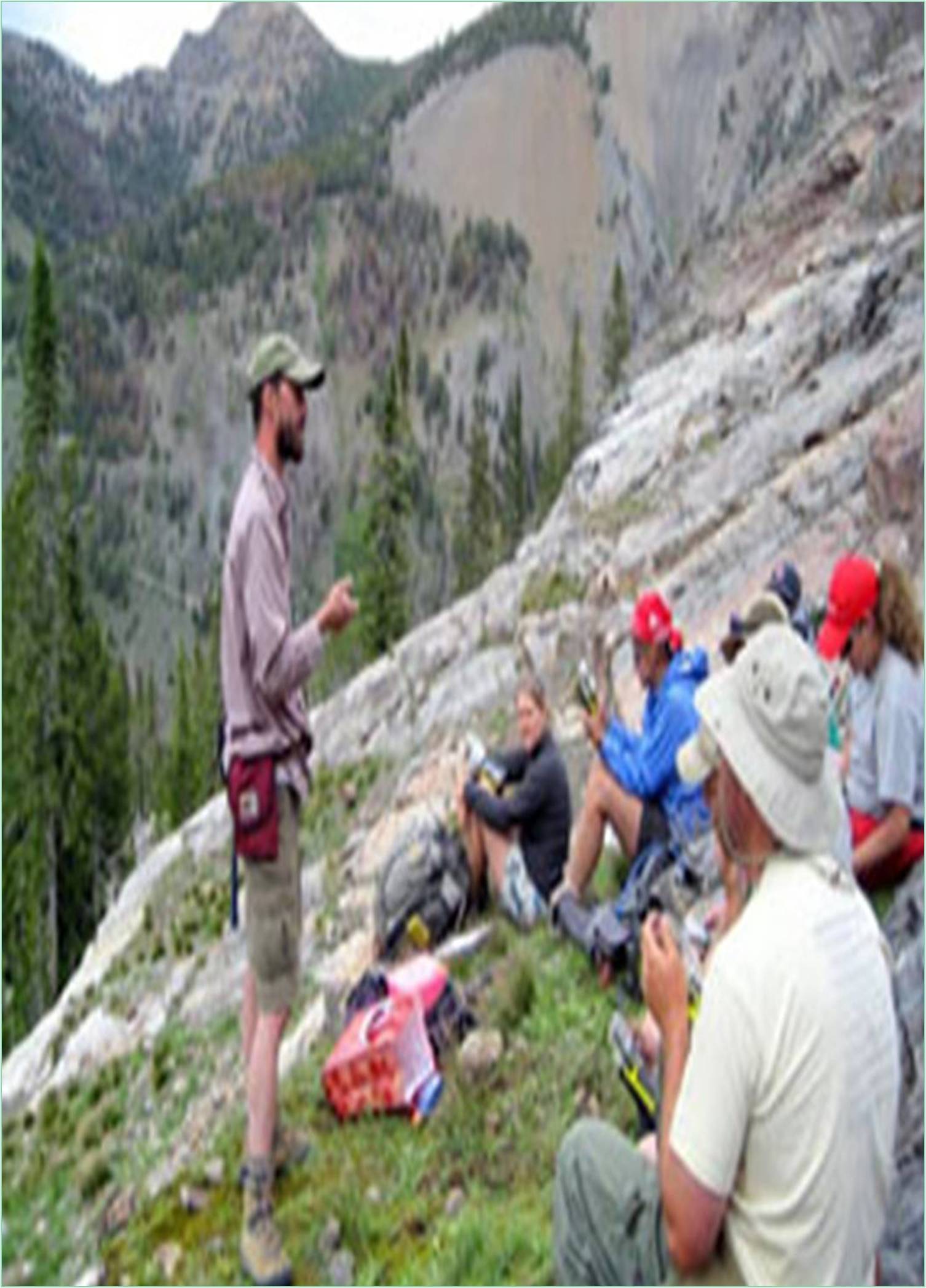



Received: 02-Aug-2022, Manuscript No. GJGG-22-73958; Editor assigned: 04-Aug-2022, Pre QC No. GJGG-22-73958 (PQ); Reviewed: 19-Aug-2022, QC No. GJGG-22-73958; Revised: 26-Aug-2022, Manuscript No. GJGG-22-73958 (R); Published: 05-Sep-2022, DOI: 10.15651/2449-1861.22.10.008
A glacier is a huge mass of ice having its genesis on land and represents a multiyear surplus of snowfall over snowmelt. At the present time, perennial ice covers approximately 10 percent of the regions on the Earth surface. Although glaciers are usually thought of as polar entities, they also are located in mountainous regions throughout the world, on all continents except Australia, and even at or near the Equator on high mountains in Africa and South America. Present-day glaciers and the deposits from more extensive glaciation in the geological past have considerable economic significance in many regions. In areas of limited precipitation for the duration of the growing season, for example, which include parts of the Western United States, glaciers are considered to be frozen freshwater reservoirs which release water during the drier summer months. In the Western United States, as in many other mountainous regions, they are of high importance for the irrigation of plant crop and which can be utilized for the generation of hydroelectric power. Lakes and ponds are numerous in which continental ice sheets once covered New England and the upper Midwest, and the glacial deposits act as major ground-water reservoirs. The same deposits have considerable economic value as sand and gravel for building materials, and are often the basis, as in Massachusetts, for the largest mineral industry in a State.
Glaciers, however, can also pose dangers to ocean transportation. The west side of Greenland produces a massive range of icebergs which travel south into the shipping lanes of the North Atlantic. Some of Greenland’s icebergs have been recognized to float as far south as Delaware before melting completely. Antarctica regularly produces big tabular icebergs from its many ice shelves, some of which might also exceed the region of Rhode Island. In Alaska, glaciologists of the U.S. Geological Survey have carried out a long-term observation of the rate of retreat of the Columbia Glacier. This huge valley glacier’s snout ends as a tidal glacier in Prince William Sound, a waterway traversed by huge oil tankers route to and from Valdez, the southern terminus of the trans-Alaskan pipeline. In 1980, U.S. Geological Survey glaciologists predicted that the 425-square-mile (1100 square-kilometer) Columbia Glacier would begin an increased retreat during the 1980’s, thereby increasing the hazard to transport because of an accelerated production of icebergs. Other glacial hazards include “surging” glaciers. Such glaciers might also suddenly increase several miles (several kilometers) in a few months.
As a result of catastrophic outburst floods, the failure of ice-dammed lakes or from sub glacial volcanic or geothermal activity, occur frequently in Iceland and in Alaska, less frequently in the State of Washington, and occasionally in different locales. The link between climate and glaciers is of great interest to scientists. Not simplest have geologists and other scientists established that glaciers have been more and much less substantial at various instances in the past than at present but also that changes in climate were the cause. Parts of southern South America, central Asia, the Alps, and many different mountainous regions in Asia also experienced an increase in glacier extent. Glaciers in Antarctica increased somewhat due to fall of temperature, however more in ice thickness than in ice region because of the limiting effect of the surrounding oceans.